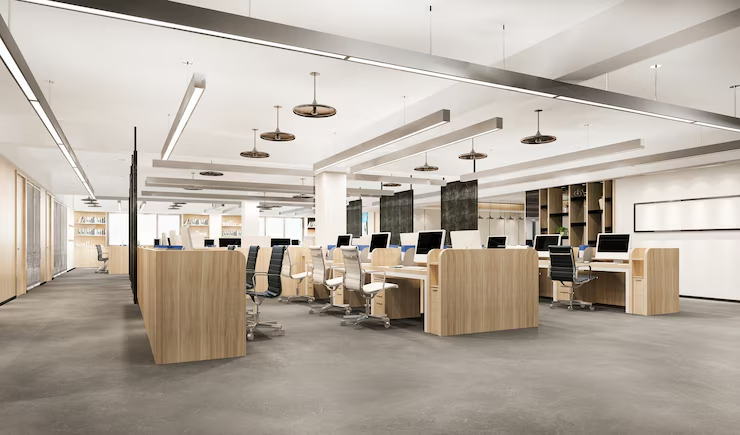Color psychology is the study and application of how different hues influence human behaviour. Different colors could evoke different levels of productivity in the workspace. Workplaces can use color psychology to boost staff productivity. Below are ways in which you can efficiently apply color psychology in your office space:
Assess Your Workspace Needs
People perceive colors differently due to factors such as cultural diversity, gender, age, and personal preference. Different spaces in your office may require varying colors for functionality optimization. Evaluate the functional requirements to identify the most suitable color palettes for each space. Assess your staff to determine which color palettes resonate with them the most. Use neutral colors to create a balanced color palette compatible with every staff member, despite their differences.
Use a Variety of Colors
Office spaces are divided into departments that serve and contribute differently to the company, so you could apply different colors to the spaces. Workspaces are mostly separated into individual work areas, collaborative spaces, meeting rooms, or common break areas. Some areas require some sense of serenity, while others require high energy levels to properly function. Assign different spaces with a suitable color palette that enhances their functionality. Blue could be associated with focused work zones, while yellow is related to creative and collaborative spaces. Green is associated with calmness and can be applied to spaces where staff work for extended periods.
Implement Color Palettes
Red is sometimes associated with urgency, determination, and alertness, which could be useful when used in moderation, but painting an office space red from floor to ceiling can lead to sensory overload for your space users. Use neutral colors like gray, white, and beige to create a balanced color palette. You can also add color accents by using pieces like furniture, artwork, rugs, and other decorative items to achieve balance. Color accents offer you flexibility to easily modify workspaces without having to change too much.
Brand identity helps improve a company’s marketing, customer retention, and overall growth. Use colors that align with your brand’s color palette to achieve a bold and cohesive office design. The incorporation of brand colors into your workspace design may leave a lasting impression on your customers. If your brand’s color palette isn’t suitable for workspaces, apply it in key areas like the reception and lounge areas. Branding also boosts the sense of unity among staff members.
Experiment And Gather Feedback
Reactions and responses among your staff members to different color palettes will vary. Try a variety of color palettes while paying attention to your staff’s feedback, which may be expressed through non-verbal cues such as posture and body language. Feedback can also be gathered by monitoring productivity levels after modifications. Experiment and modify your workspace’s color palette until you find one that caters to every staff member. A neutral work environment could help promote harmony, especially in multicultural offices.
Apply Color Psychology in Your Office Space
Color psychology achieves both aesthetics and functionality in an office space when executed properly. Explore the color wheel to devise suitable color schemes that align with your company’s image. Consult with experts to apply color psychology and enhance performance levels in your workplace.



